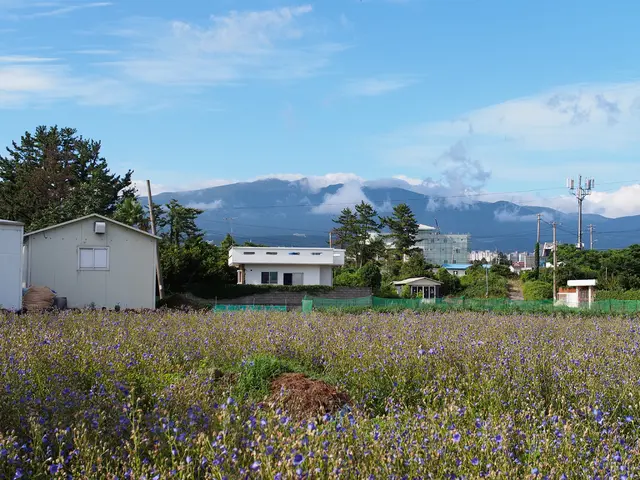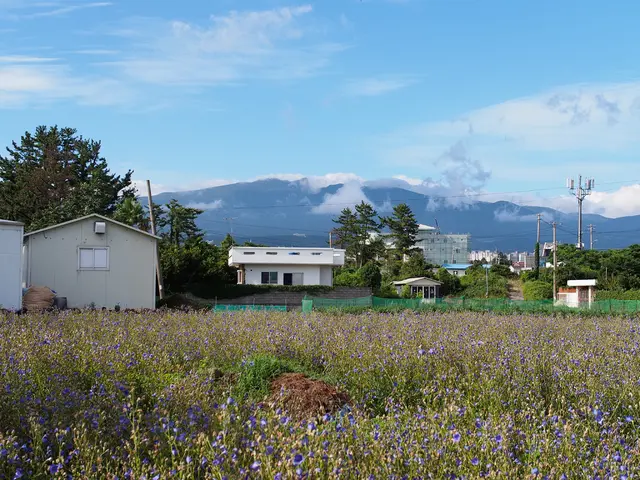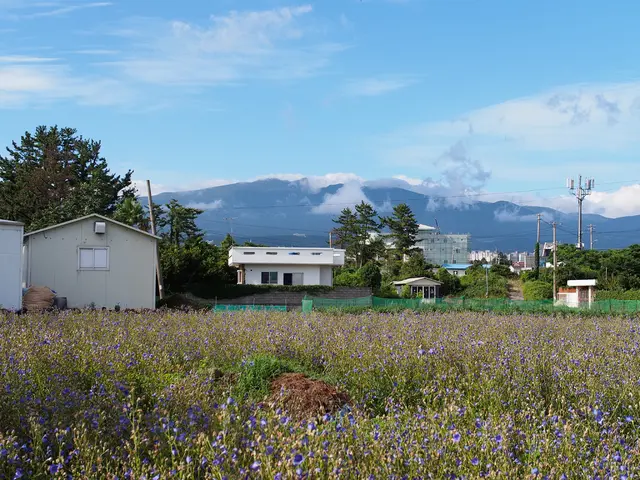New Test Standard for Central Inverters Boosts Global PV Plants
A new testing standard for central inverters has been developed, tailored to handle unique environmental conditions. This innovation is part of the 'Innovation Alliance Photovoltaics', a collaborative project funded by the Federal Ministry of Education and Research and the Federal Ministry for the Environment, Nature Conservation and Nuclear Safety. The primary goal is to reduce costs and optimize large-scale photovoltaic plants for use in the global sun belt.
Large-scale photovoltaic plants, spanning several square kilometers and outputting up to the three-digit megawatt range, are attracting global investors. To ensure these plants can withstand harsh conditions, special tests are required for both the inverter system and the building envelope. TÜV Rheinland, a global leader in testing, inspection, and certification, offers extensive services to enhance the efficiency and longevity of PV power plants.
The research group behind this project, presented by TÜV Rheinland at Intersolar/EES 2016, is the Fraunhofer Institute for Solar Energy Systems (Fraunhofer ISE). They have developed tests to ensure PV power plants can endure extreme climatic conditions, such as scorching heat, monsoon rain, and desert storms. This project aims to significantly reduce costs for large-scale photovoltaic plants, making them more accessible and efficient for global use.
The new testing basis for central inverters, developed by the 'Innovation Alliance Photovoltaics', will help optimize large-scale photovoltaic plants for use in the global sun belt. By withstanding extreme conditions and reducing costs, these plants will become more attractive to global investors, driving the expansion of clean energy worldwide.
Read also:
- Portugal's EDP dives into bi-directional charging systems, disregarding the absence of a comprehensive regulatory structure in the nation
- Nuclear Ambitions at a U.S. Airport Spark Controversy, With Opposition Swelling
- Veolia advocates for sustainability by financing eco-friendly environmental projects
- Accelerating the rollout of clean energy sources to avoid the expiration of corresponding credits








